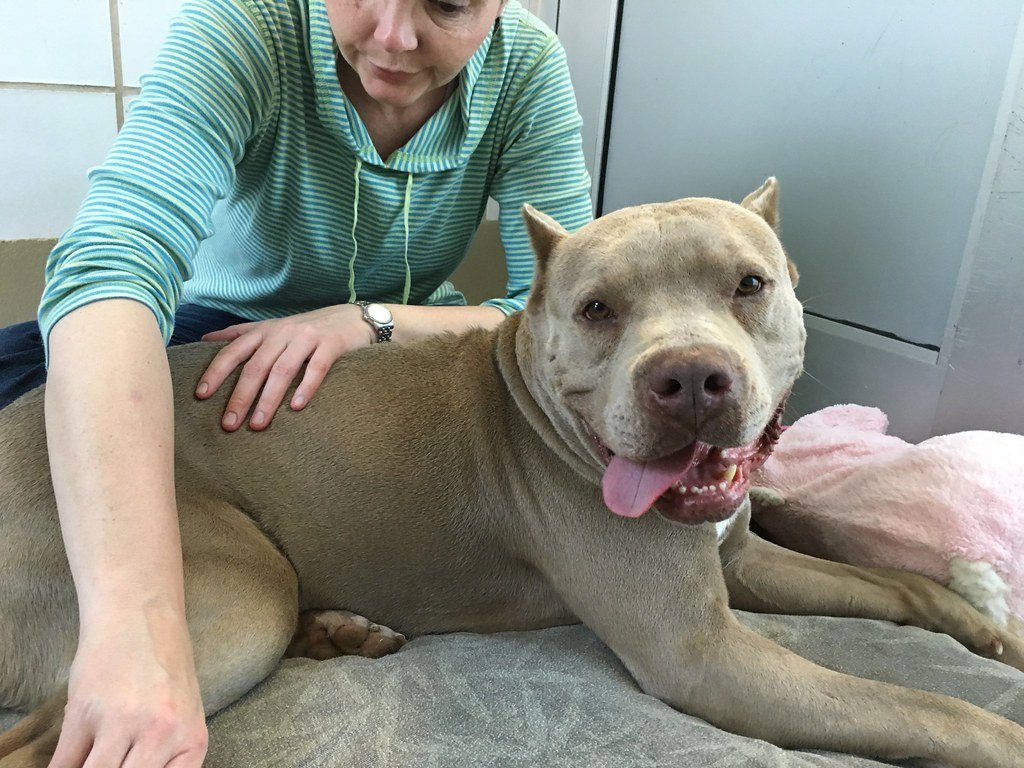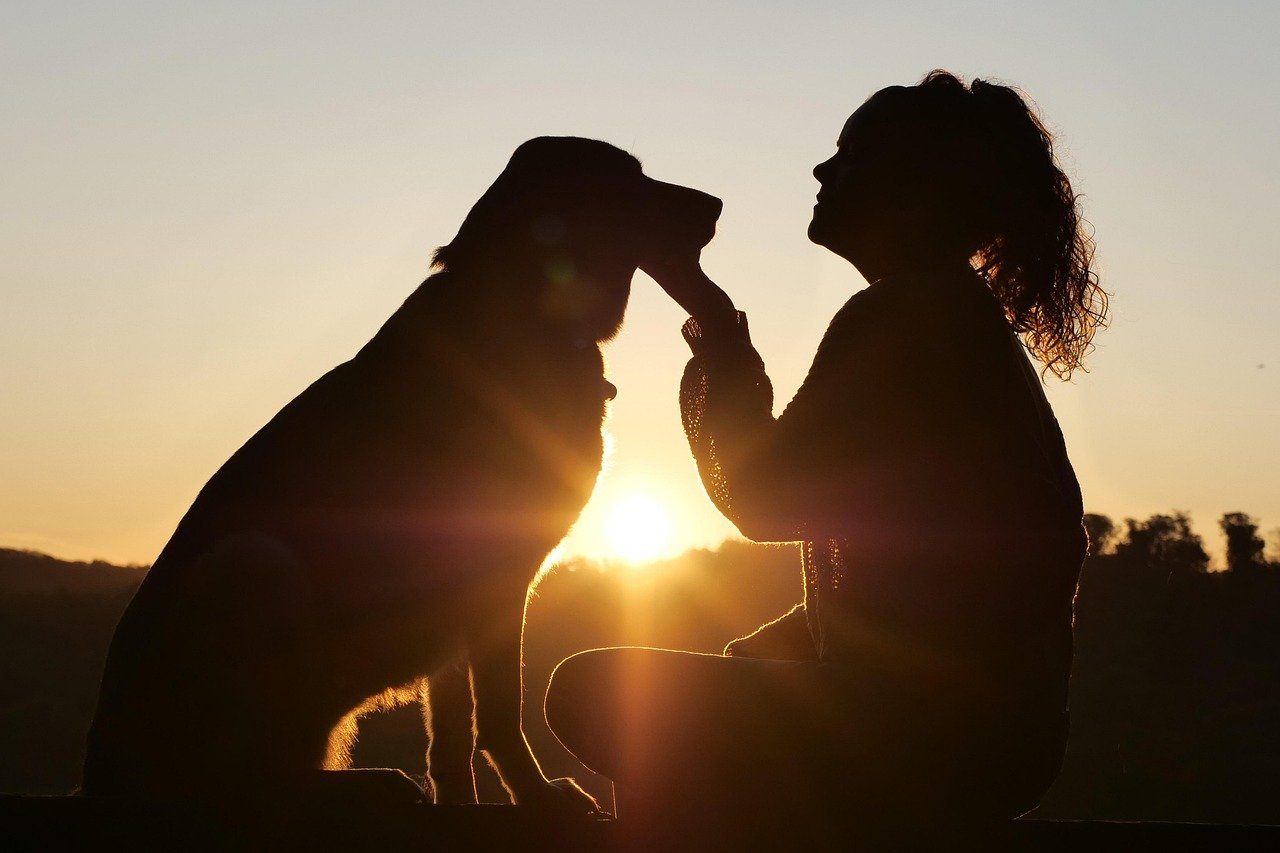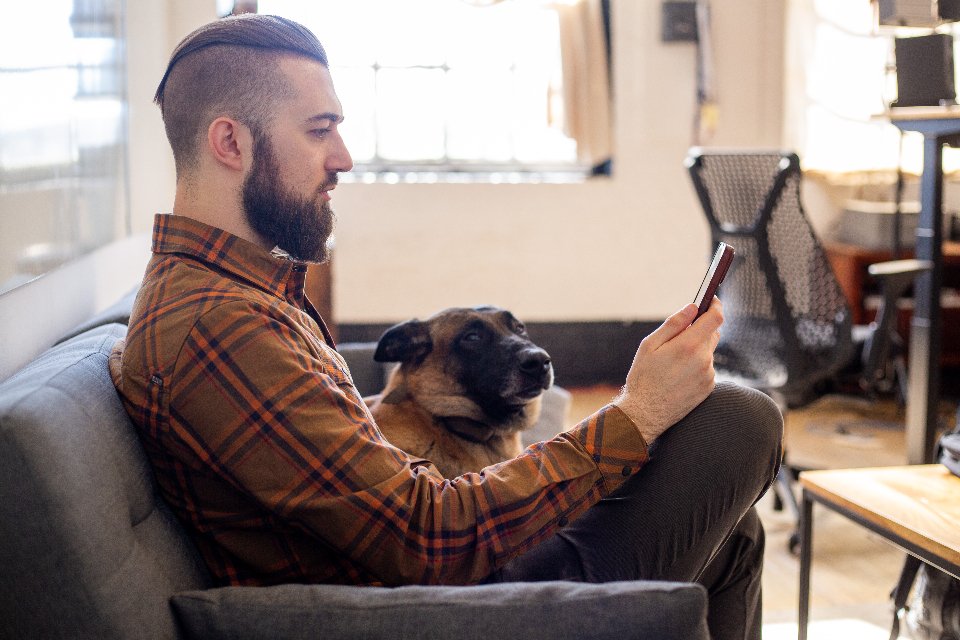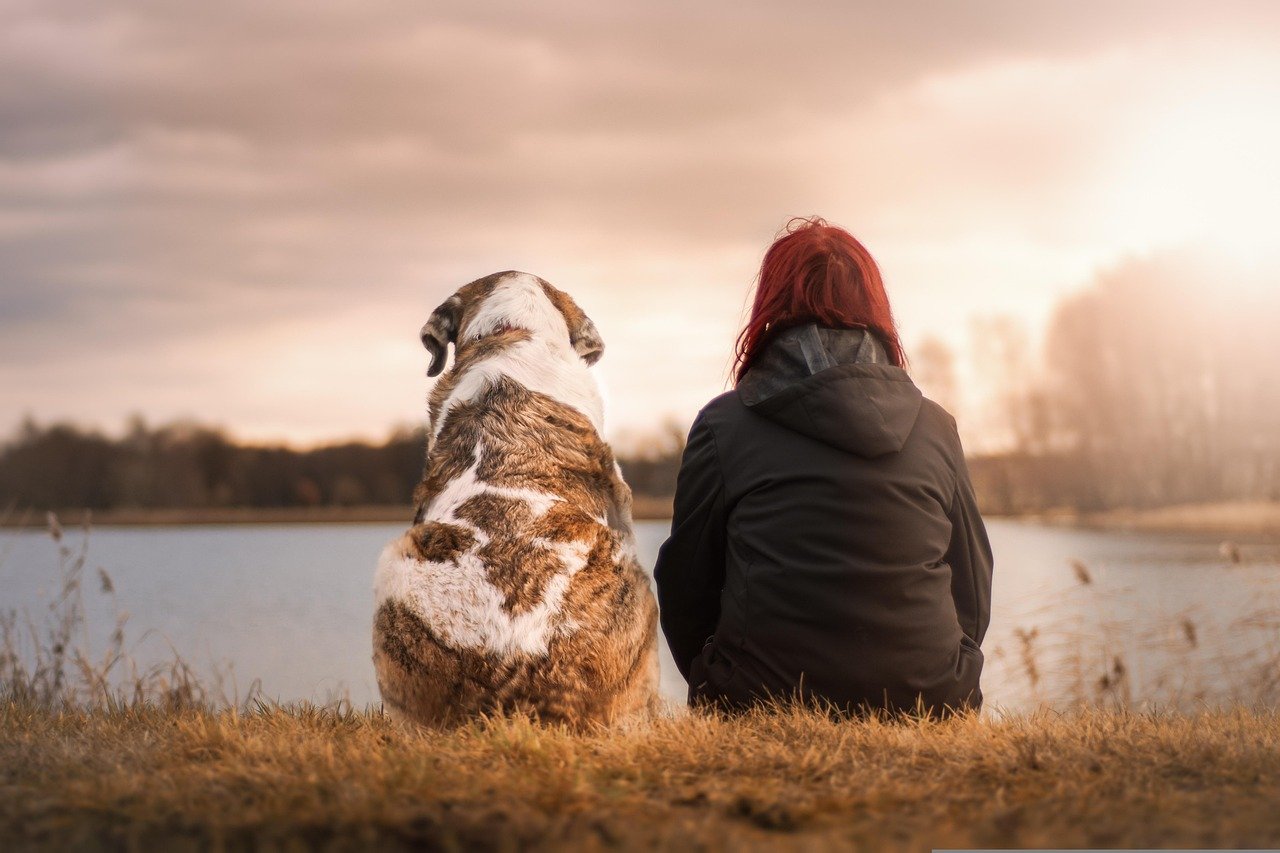Building a meaningful relationship with your canine companion goes far beyond basic training and daily care. True emotional connection transforms both your lives, creating bonds that rival the closest human relationships. Your dog doesn’t just want food and shelter—they crave understanding, trust, and genuine companionship with you.
The Science Behind the Human-Dog Bond

The connection between you and your dog isn’t just in your imagination—it’s backed by fascinating science. When you and your dog share a long, loving gaze, both of you get a boost of oxytocin, a calming hormone associated with love and bonding. When humans and dogs are interacting and looking into each other’s eyes, they both get more oxytocin — there’s a positive feedback loop.
Recent research shows something even more remarkable about this connection. Dogs and their owners share synchronized heart rate variability (HRV), reflecting a deep emotional connection. The study revealed that owners and dogs experience similar emotional states, with HRV adapting during resting and activity periods. The researchers found that both the owners’ and dogs’ heart rate variability were likely to match, no matter the interaction. When the owner was relaxed or stressed, so was the dog, and vice versa.
Understanding Your Dog’s Emotional Intelligence

Dogs are naturally empathetic creatures, but their emotional understanding can be enhanced through your interaction style. Dogs naturally have the ability to sense feelings, but training refines this ability. With the right guidance, they can learn to pick up on subtle emotional cues, like body language and tone of voice. Your furry friend doesn’t just see you—they read your entire emotional state.
Dogs can recognize human emotions on our faces. The researchers positioned pictures of happy and sad human faces in front of each test dog and played a happy or angry human voice in an unfamiliar language. The dogs looked at the face that matched the tone of the voice more often. This remarkable ability means your dog is constantly tuning into your feelings, making emotional connection a two-way street.
Eye Contact: The Gateway to Connection

Never underestimate the power of simply looking into your dog’s eyes. A 2015 study in Japan found dogs and humans were engaging in cross-species gaze-mediated bonding using this same oxytocin system. When humans and dogs stare into each other’s eyes, they each register a spike of the so-called “love drug”, oxytocin. This isn’t just casual looking—it’s intentional, loving eye contact that creates a genuine chemical bond.
Make this a daily practice by setting aside quiet moments to simply be present with your dog. Sit comfortably, breathe slowly, and make gentle eye contact while speaking softly. This is also a great way to bond with your dog as you both stare into each other’s eyes. You’ll likely notice your dog becomes calmer and more attentive during these moments, strengthening your emotional connection naturally.
Physical Touch and Massage for Deeper Bonding

For dog owners who learn massage techniques, the practice can serve as a bonding experience. Touch is a powerful tool for reinforcing trust and affection, making massage a rewarding activity for both you and your dog. You don’t need professional training to begin—simple, gentle touches can work wonders for your relationship.
Massaging your dog can also have a positive effect on your mental health. Studies have shown that just by touching a dog, your body releases oxytocin—the hormone associated with bonding and affection. Start with gentle strokes along your dog’s back and sides, paying attention to their response. Many dogs like to be massaged along their back and sides. Use moderate pressure and move your hands from their neck to their tail.
Creating Positive Training Experiences Together

Training isn’t just about obedience—it’s a powerful tool for emotional bonding when approached correctly. Positive reinforcement techniques used during training sessions help create a strong bond between the dog and its owner, leading to a more emotionally fulfilling relationship. A focus on rewards not only influences dog behavior but teaches dogs to love training. Without fear of doing the wrong thing, your dog can become an active participant in the training process. They’ll start trying new things, get plenty of mental exercise, and actively look for ways to earn rewards.
The key is making training fun and collaborative rather than dominating. Dogs who bond with us completely and unconditionally will seek to please us and can learn to make remarkably sophisticated decisions about their own behavior. This method prioritizes the relationship (LOVE) over obedience, emphasizing trust, understanding, and communication. Use treats, praise, and play as rewards, but remember that your attention and enthusiasm are often the most valuable rewards you can offer.
Reading and Responding to Your Dog’s Emotions

Dogs are incredibly sensitive to the emotional environment around them, picking up on feelings like anxiety, happiness, sadness, and even aggression in their owners. This means your emotional state directly impacts your dog’s wellbeing, making emotional awareness crucial for both of you. This ability to sense emotions stems from the deep attachment they form with their owners, creating an empathetic connection. Dogs don’t just observe our emotions—they often reflect them.
Learn to recognize your dog’s emotional signals too. Watch for stress indicators like panting when it’s not hot, pacing, or changes in appetite. Physical signs include excessive shedding, changes in appetite, and digestive issues. Behavioral signs, on the other hand, might include pacing, unusual aggression, or noticeable changes in sleep patterns. By identifying these signs, you can use massage as a tool to alleviate stress and improve your dog’s overall wellbeing.
Establishing Meaningful Daily Routines

Emotional connection flourishes through consistent, predictable interactions that your dog can anticipate and enjoy. What dogs want most is to “trust you and feel safe, secure and comfortable with you”. So if a routine “makes you feel good and your dog feel good, it continuously builds up or maintains the bond”. Create special moments like sharing morning coffee time or evening wind-down sessions.
Making self-care a priority can lead to a more positive and relaxed atmosphere, benefiting both you and your pet. Here are some enjoyable activities you can do together for a mood boost and bonding: Outdoor Walks: Fresh air and exercise are great for you and your dog. Walks reduce stress, promote relaxation, and allow you to connect with nature together. These shared experiences create positive associations and strengthen your emotional bond naturally.
Play and Interactive Activities for Connection

Play isn’t just fun—it’s a fundamental way dogs connect emotionally with their human companions. Find out how they like to play! Dogs often enjoy interactive play with people so look at play activities that involve a human dog partnership, this could be throwing the ball, playing tug, or holding the bone while the dog chews on it. Tug is a great way to work on connection, to release stress, and to work on self-control. Start by playing at home and in familiar places to build the pup’s interest in the game.
Dogs are sensitive to their humans’ emotional state, and their desire to play is incompatible with you being subdued or angry. Dogs often use manipulative strategies with attention-seeking gestures such as a play bow to improve your mood. If you give in to your dog’s desire to play when you’re in a bad mood, it cheers you both up. Use play as a way to lift both your spirits and create joyful shared memories.
Creating a Calm, Supportive Environment

Your emotional well-being directly affects your dog’s ability to connect with you. While providing routine, stability, and reassurance to your pet is good for their overall wellbeing and mental state, so too is taking care of yourself. The better your physical and mental health, the better it is for Fido. So, taking time for personal self-care can do wonders not just for you but for your dog as well. When you’re well-rested and emotionally balanced, you’re in a better place to provide the steady, calm presence your dog thrives on.
Create physical spaces in your home where both you and your dog can relax together. Preparing for the massage is just as important as the massage itself. Start by finding a calm and quiet environment. This will help your dog relax, making the massage more effective. Next, choose a time when your dog is already relaxed, like after a meal or before bed. These peaceful moments become the foundation for deeper emotional connection.
Conclusion: The Journey of Lifelong Connection

Building an emotional connection with your dog isn’t a destination—it’s an ongoing journey of mutual understanding and love. The physiological and emotional benefits that ensue from a positive dog–human relationship extend to both members of the dyad. For dogs, humans seem to represent a social partner that, in addition to providing information pertinent to food acquisition, can be a source of emotional fulfilment and attachment. Similarly, forming relationships with, or simply interacting with, dogs has been associated with several emotional and psychological health benefits for humans.
Every moment you spend truly present with your dog—whether through gentle touch, playful interaction, or quiet companionship—strengthens this remarkable bond. Remember that your dog’s greatest desire is to understand and please you, just as your greatest joy comes from seeing them happy and secure. This reciprocal relationship, built on trust, patience, and genuine care, creates one of life’s most rewarding connections.
The science is clear, the techniques are accessible, and the rewards are immeasurable. Your dog is waiting for you to meet them in this space of emotional connection—a space where two different species can share love, understanding, and companionship that enriches both your lives immeasurably. Isn’t it remarkable how much our dogs teach us about love without saying a single word?

Andrew Alpin from India is the Brand Manager of Doggo digest. Andrew is an experienced content specialist and social media manager with a passion for writing. His forte includes health and wellness, Travel, Animals, and Nature. A nature nomad, Andrew is obsessed with mountains and loves high-altitude trekking. He has been on several Himalayan treks in India including the Everest Base Camp in Nepal.





